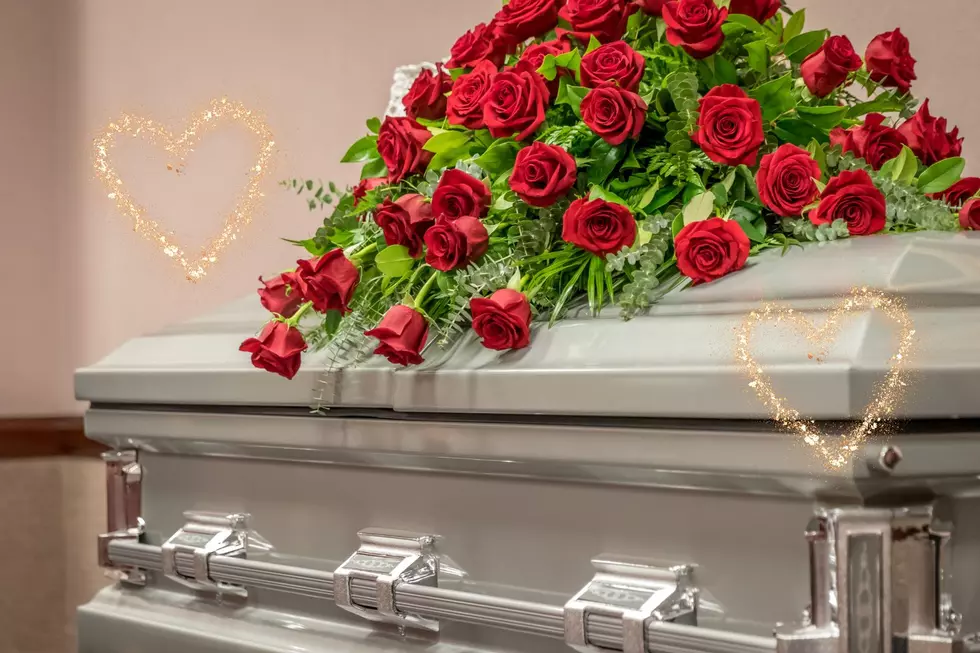
Why are so many New Jersey residents suddenly getting sick?
If it seems like people are coughing, sneezing and blowing their nose wherever you go, you would be correct.
For the first time in recent history, influenza levels in mid-November are high across the state.
“We definitely have been seeing an unusual early increase in the flu activity levels, we’re seeing levels now that typically we’d be seeing about 6 weeks from now, around the New Year,” said Dr. Ed Lifshitz, the director of communicable disease service for state Health Department.
Why is this happening?
He said no one knows for sure but the most likely explanation is for the past two years most New Jersey residents were being extra cautious, wearing masks and social distancing because of the COVID pandemic, and the result was flu season was virtually non-existent in 2020 and very mild last year.
“If you haven’t been exposed to flu viruses over time, more people are likely less immune and more likely to get it, they’re being exposed now, they’re spreading it now,” he said.
At the same time, he pointed out, “we are seeing that flu vaccination rates are down somewhat from where they’ve been in the past and obviously if you’re not immunized against the flu you’re more likely to get it and it’s more likely to spread further.”
It’s not just the flu
While influenza activity is much higher than it usually is at this time of year, Dr. Lifshitz said COVID is still circulating and “there are a number of what we call respiratory viruses, otherwise known as viruses that you can catch easily from people coughing, sneezing and those sorts of issues.”
“We see the common ones that people think about, the stuff that’s related to the common cold, things like rhinoviruses and enteroviruses," he said.
“We know that respiratory viruses circulate much easier inside and when people are closer, so colder weather, people go inside and they’re more likely to infect each other.”
“There’s also a thought that many of these viruses can actually survive longer in the environment when it’s a little bit cooler and drier, the virus tends to do somewhat better in that environment.”
How to protect yourself
He said to help you stay healthy, avoid close contact with people who are sick, avoid touching your eyes, nose and mouth, because germs can spread from someone else to you on a doorknob, wash hands frequently, get enough sleep and exercise, consider wearing a mask in crowded indoor areas and make sure you’re up to date with vaccinations.
Moving forward Dr. Lifshitz said “we want t be able to live our lives on the one hand, but on the other hand that doesn’t mean just totally forgetting about them, the viruses still do exist, and we should try to do what is reasonable to protect ourselves.”
David Matthau is a reporter for New Jersey 101.5. You can reach him at david.matthau@townsquaremedia.com
Click here to contact an editor about feedback or a correction for this story.


